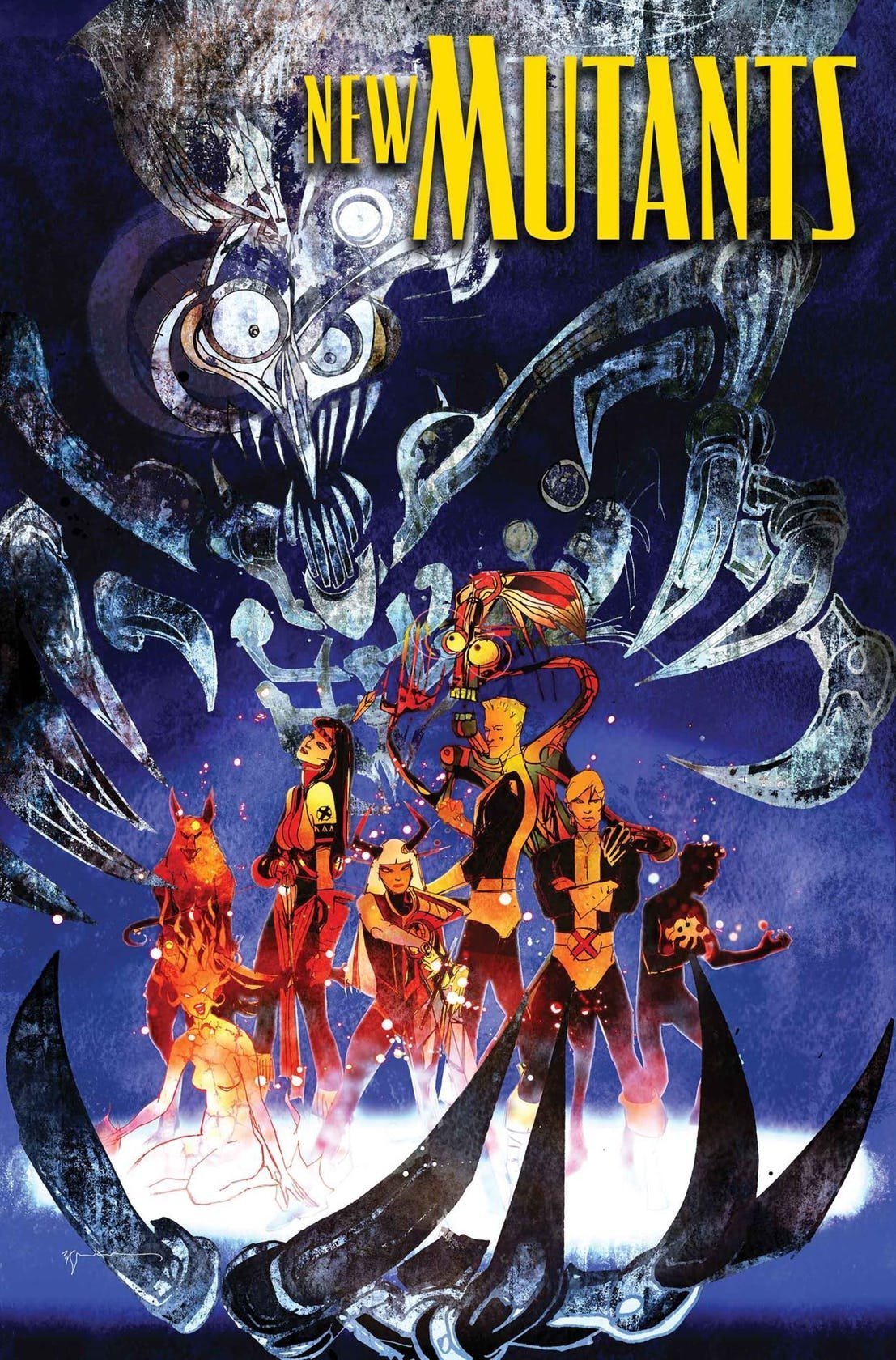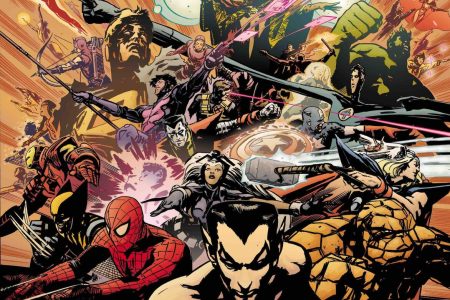This is next in the list of my favourite comic book artists, which started with Stan Sakai. The artist is different from the previous as well as the remaining people on the list: Bill Sienkiewicz, the man whose art style shook the mainstream comic book industry and showed what could be done within the confines of a superhero story.

Sienkiewicz (pronounced ‘Sin-KEV-itch’, as his Twitter handle describes) started in the industry at the age of 19 years old; a few years later, by 1980 he would be drawing the new Moon Knight series. His art was obviously good but clearly channelling the style of Neal Adams, one of the big star names of comic book art. However, Sienkiewicz wanted to be more than a Neal Adams clone, so he slowly started to develop his style and expand what could be done in comic books, injecting first the covers and the splash pages with abstract expressionism, over the course of his four-year run on the character. (Which is strange to think that Sienkiewicz illustrated the Marvel three-issue adaptation of the David Lynch film of Dune, a comic book I purchase solely for the art.)
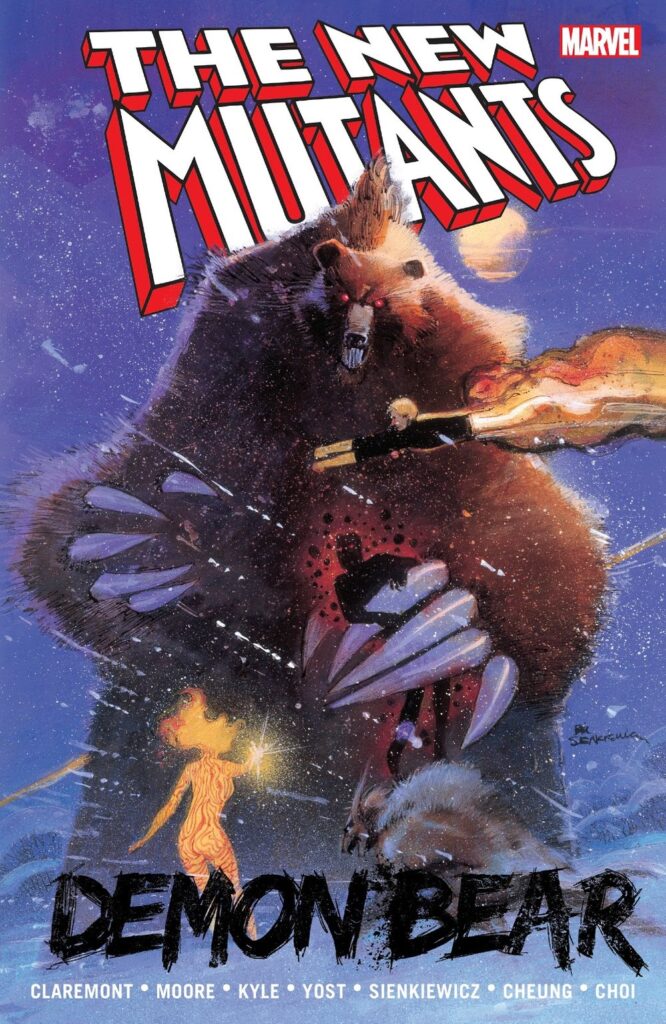
Things would change when Chris Claremont would ask Sienkiewicz to work with him; in 1984, Sienkiewicz would first draw the comic book and storyline with which he is still associated: The Demon Bear storyline, starting in The New Mutants #18. Previously, the art on The New Mutants was workmanlike but unexceptional (the first few issues by Bob McLeod, then Sal Buscema with a variety of inkers); Sienkiewicz’s was mind-blowingly exceptional and put a stamp on the characters that has been difficult for other artists to escape (particularly the character of Warlock, who seems such an extension of Sienkiewicz’s art that nobody else seems to be able to capture).
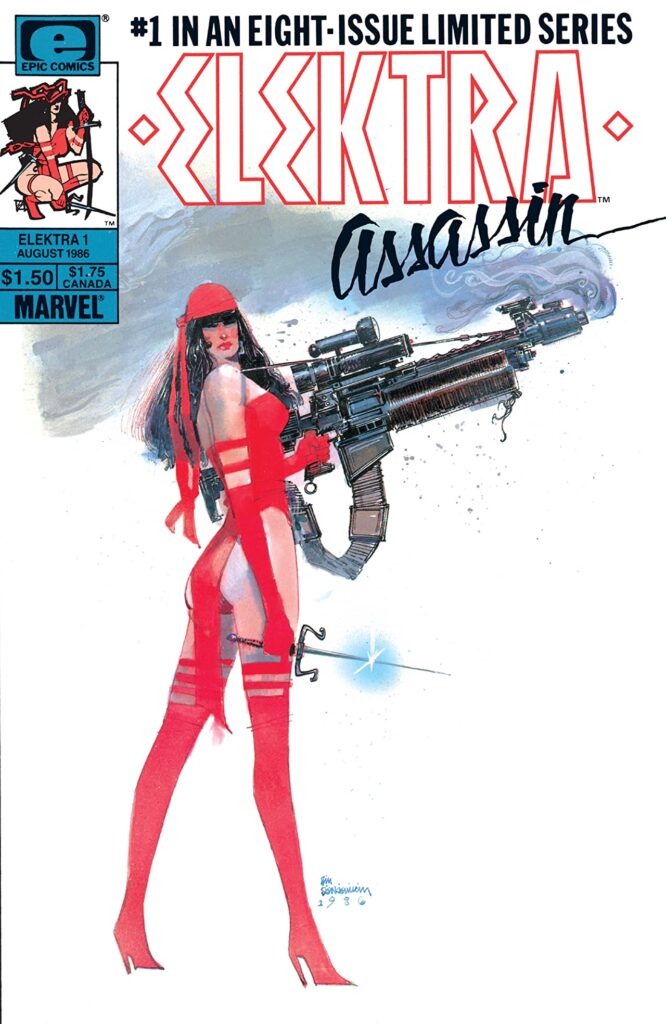
I didn’t buy these comics as they hit the stands – as discussed in my previous post, 1986 was the year that I began reading and collecting comic books in earnest – so I can’t imagine what a shock it must have been to readers of the title at the time, seeing such a vastly different approach to a mainstream title. The New Mutants wasn’t a massive selling book, but it was a spin-off from the biggest selling title in the direct market, so most fans were used to more traditional art. However, because I wouldn’t discover comic book shops and the delights of back issues for a few years, I would get the same electric jolt of reading these Sienkiewicz issues when I finally got my hands on them, even though he inked a few issues of the book after he left pencilling duties after only 16 issues.
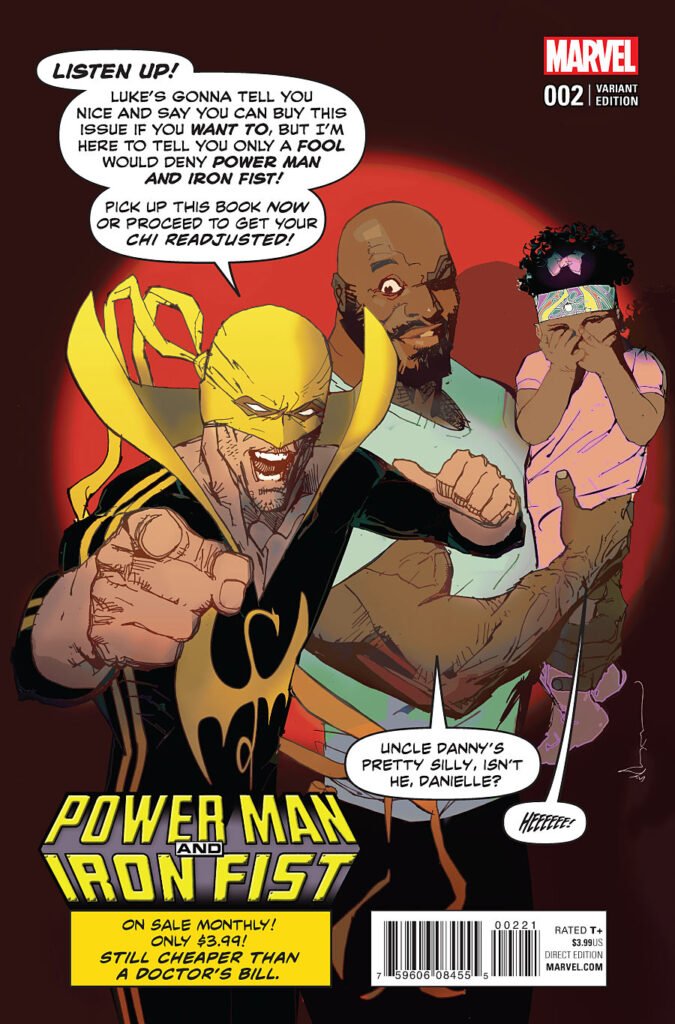
Sienkiewicz’s art was like nothing I’d ever seen: a mix of realism and experimentalism but with a keen sense of design (it’s no surprise that he would do promotional posters for Marvel and DC that captured the essence of the concept). He imbued his art with the feeling of what the story was about: the sense of dread in the Demon Bear story was overpowering, which is why it had such a long-term effect (which is why it’s the basis for The New Mutants film currently out in cinemas; Sienkiewicz has been a big supporter of the film through the delays from production to release). His art could be straightforward or beautiful or peppered with extra lines that were so expressive. His covers and one-piece images were so experimental, using paint and mixed media – I particularly love the promotional piece he did for The New Mutants that has an actual circuit board incorporated into it.
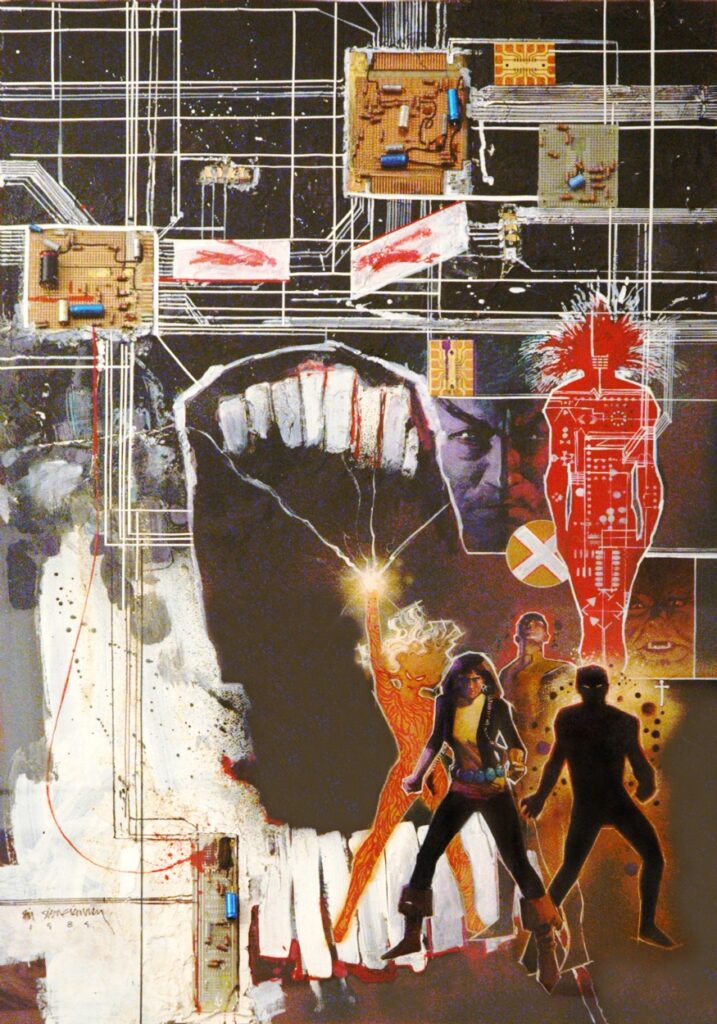
After The New Mutants, he would illustrate Frank Miller’s Elektra: Assassin mini-series and Daredevil: Love and War graphic novel (the design for Wilson Fisk in the recent Spider-Man: Into the Spider-Verse was directly inspired by Sienkiewicz’s interpretation in this book). He would start doing work for DC, but he never did any long-term interior work – Sienkiewicz would produce a range of covers for Marvel and DC, but he would also ink a variety of different artists in regular series, something that always made me appreciate his talents because he didn’t need to be the star of the show all the time.

He would do many other things (such as the uncompleted Big Numbers with Alan Moore) but has done plenty of work outside comic books, ranging from card sets, album covers, character design for animation and even a children’s book. He returned to Marvel in 2012 to work on the Daredevil: End of Days mini-series, and has been a prolific producer of covers and variant covers for Marvel, DC and independent publishers (my Tumblr blogs, Variant Comic Book Covers and Clandestine Critic, have many, many entries in the ‘Bill Sienkiewicz’ tags).
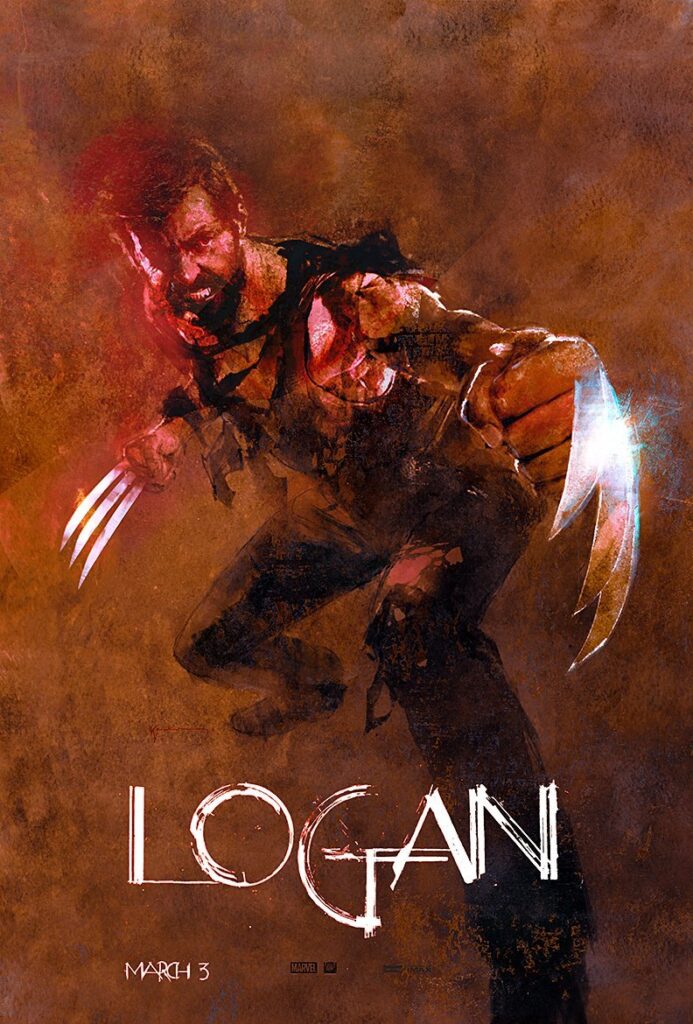
It was with a great feeling of nostalgia that Sienkiewicz teamed up with Chris Claremont last year to produce a one-shot comic book, The New Mutants: War Children, set during the era in which he and Claremont first worked together. The book showed that his art and storytelling ability continues to develop and flourish, and it was a delight to read a new tale of the New Mutants illustrated by him. Sienkiewicz has earned the right to do whatever he wants to do, and it’s always great to see his work – his Twitter feed is full of his tribute art of celebrities who have passed away. I’m eternally grateful for what he did for comic books and my appreciation of comic book art.

